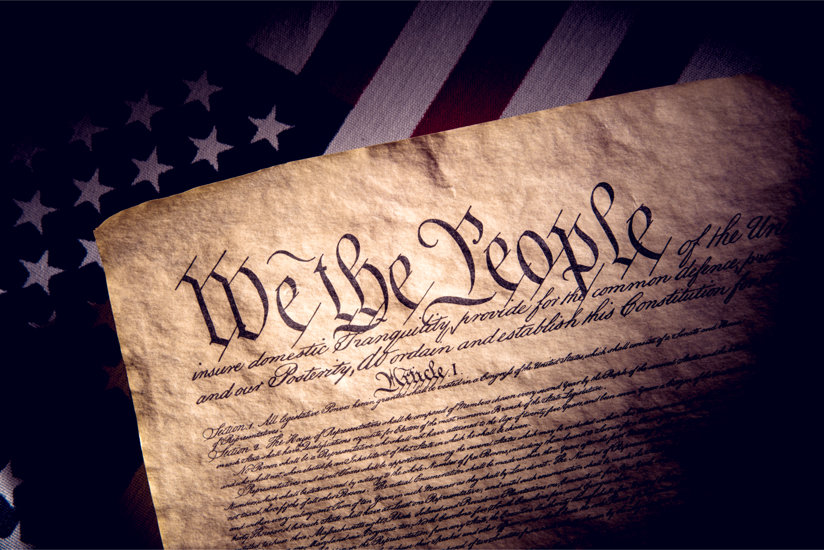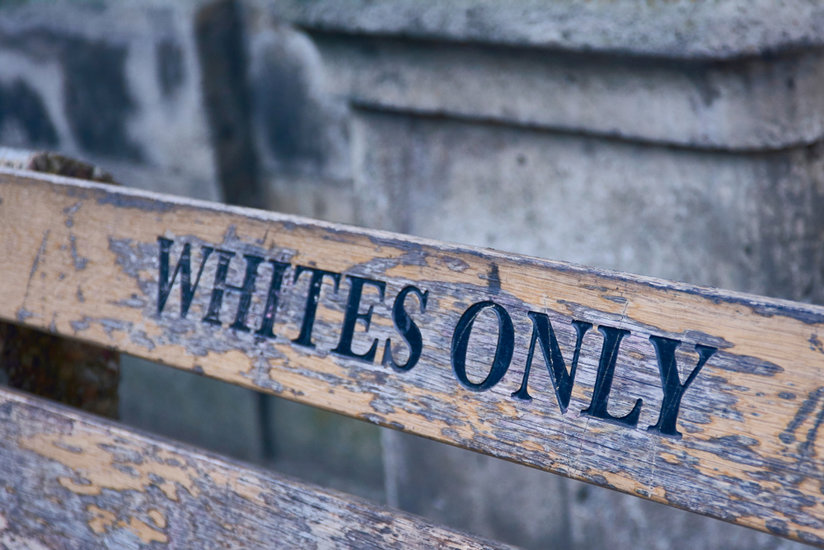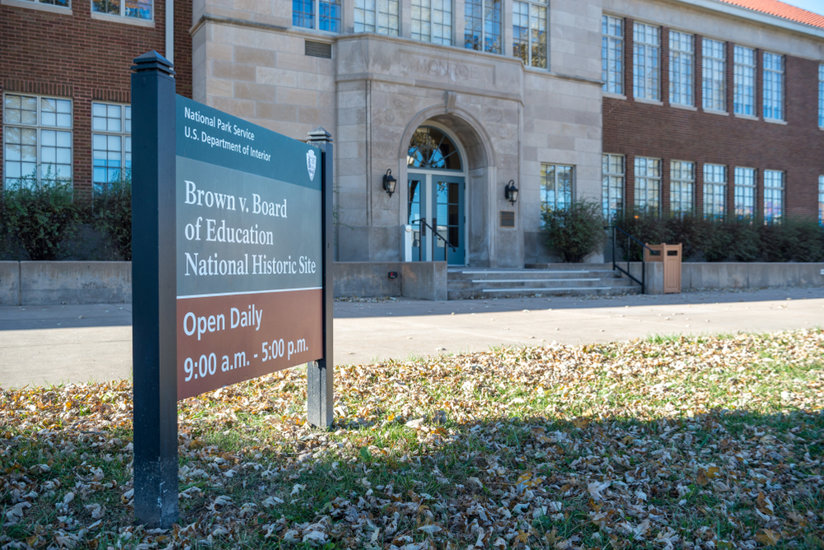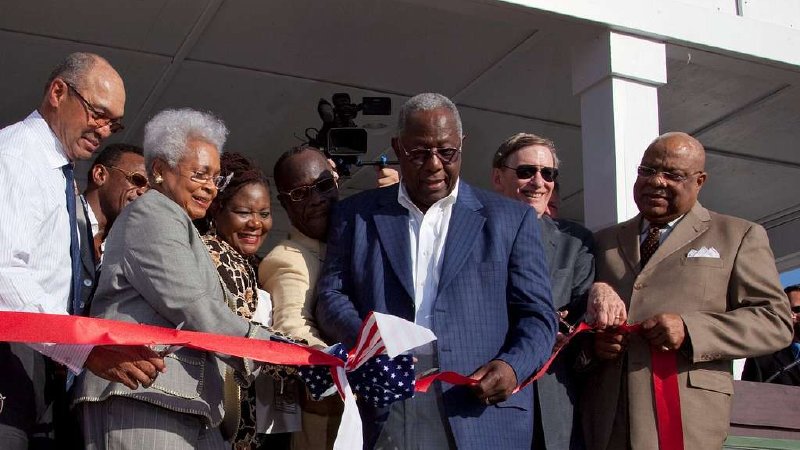
-
HOME
-
WHAT IS STANDOur Mission Our Values Our Help Contact
-
WHAT WE FIGHT FORReligious Freedom Religious Literacy Equality & Human Rights Inclusion & Respect Free Speech Responsible Journalism Corporate Accountability
-
RESOURCESExpert Studies Landmark Decisions White Papers FAQs David Miscavige Religious Freedom Resource Center Freedom of Religion & Human Rights Topic Index Priest-Penitent Privilege Islamophobia
-
HATE MONITORBiased Media Propagandists Hatemongers False Experts Hate Monitor Blog
-
NEWSROOMNews Media Watch Videos Blog
-
TAKE ACTIONCombat Hate & Discrimination Champion Freedom of Religion Demand Accountability
Celebrating a Death Knell for Discrimination—The Anniversary of Brown v. Board of Education
The year was 1865. The South had just surrendered. Six hundred and twenty thousand Americans from both sides had been laid to rest. In what should have been the capstone to the conflict, Congress ratified the Thirteenth Amendment to the Constitution.
It read: “Neither slavery nor involuntary servitude, except as a punishment for crime whereof the party shall have been duly convicted, shall exist within the United States, or any place subject to their jurisdiction.”

But while the war was over and the Constitution amended, the South’s support of slavery would continue for the next 100 years.
In quick response to the Amendment’s passage, many southern states passed “Black codes” which restricted or forbade Blacks the right to vote, to live where they chose, to hold most jobs or to obtain an education. New Orleans ordered the segregation of its brothels. Some towns posted signs notifying Blacks they weren’t welcome within city limits. “Loitering” laws ensnared many Blacks who were guilty of no more than standing together in public. The guilty were then sold into slavery-like contracts (permitted under the “punishment for a crime” exception in the Thirteenth Amendment), the proceeds of which would be used to pay the fines they could not afford. Many would not outlive those contracts. Some “apprenticeship codes” even permitted whites to use Black orphans as unpaid, forced laborers.
Slavery had survived, cloaked in the mantle of southern law.
Discrimination and segregation continued to thrive throughout the South.
Also in 1865, several former Confederate soldiers formed the Ku Klux Klan (whose name reportedly mimics the sound made by loading and cocking a rifle). It quickly grew to become the terrorist arm of racism.
Recourse was not available. Former confederate soldiers dominated southern law enforcement and the southern judiciary.
And the federal government was no help. Several presidents, such as Andrew Johnson and Herbert Hoover, were avowedly racist; some (such as Woodrow Wilson) even openly supported the Ku Klux Klan.
As a result, discrimination and segregation continued to thrive throughout the South.
In 1892, a Black man named Homer Plessy refused to relocate from a whites-only train car to a car assigned to Blacks. He was arrested. His action was intended to provide a test case, a legal attack on Black codes and segregation. The case wound its way to the United States Supreme Court, which ruled in 1896 that the principle of “separate but equal” was consistent with the Constitution.
American Apartheid was now institutionalized.

The Plessy decision remained unchallenged as the law of the land for six decades. But the end of World War II brought home Black soldiers who had fought well and valiantly for their country, and they were not going to tolerate further abuse. Many whites supported their cause.
Harry Truman led the first charge. He campaigned repeatedly for federal support for equal civil rights. He abolished discrimination in the armed services. His actions created an environment which encouraged the NAACP to seek a test case for the “separate but equal” doctrine.
Oliver Brown became that test case. His eight-year-old daughter, Linda, was denied entrance to Topeka’s all-white elementary schools because she was Black. His class-action lawsuit claimed that while Topeka’s schools were separate, they were not equal. The U.S. District Court agreed, saying that public school segregation had a “detrimental effect upon the colored children” and contributed to “a sense of inferiority.” It nonetheless upheld the “separate but equal” doctrine.
Just when it appeared that the rule of law would prevail, an angry mob appeared outside the high school.
Brown’s case was consolidated with four other similar cases when it was accepted by the U.S. Supreme Court in 1952. Future Supreme Court Justice Thurgood Marshall argued the case before the Court which, on May 17, 1954, issued a unanimous opinion. Entitled Brown v. Board of Education of Topeka, the Court struck down “separate but equal” as it applied to public education, but did not specify how or when that was to be done.
In May 1955, the Court issued a second opinion in the case, directing district courts and local school boards to proceed with desegregation “with all deliberate speed.” Some complied. Others refused.

The most famous rebellion originated with the governor of Arkansas who, in 1957, deployed the State’s national guard in an attempt to blockade Little Rock’s high school and prevent nine Black children from stepping foot on campus. After a series of tense confrontations with President Dwight Eisenhower, Governor Orval Faubus agreed to stand down. However, just when it appeared that the rule of law would prevail, an angry mob appeared outside the high school. The “Little Rock Nine,” as they came to be known, were sent home for their safety. An investigation soon revealed that the mob’s agitator was a close associate of the governor. President Eisenhower had had enough. He ordered troops from the U.S. Army’s 101st Airborne Division to deploy to the streets of Little Rock to protect the nine and enforce the Supreme Court’s order. In retaliation, the governor shut down Little Rock schools for the 1958-1959 school year.
Eventually, desegregation would win the day, but the events of Little Rock proved seminal to the nascent civil rights movement. Just one year after the Supreme Court’s decision, Rosa Parks refused to give up her seat on an Alabama bus to a white woman, as required by Alabama’s still-extant and still-enforced Black codes. Her subsequent arrest was the spark that lit the civil rights fire that consumed the South’s remaining Black code law—laws that had survived for almost a century.
Brown v. Board of Education of Topeka was the key. No longer would Blacks have to fight alone.
Now, they had the law on their side.









